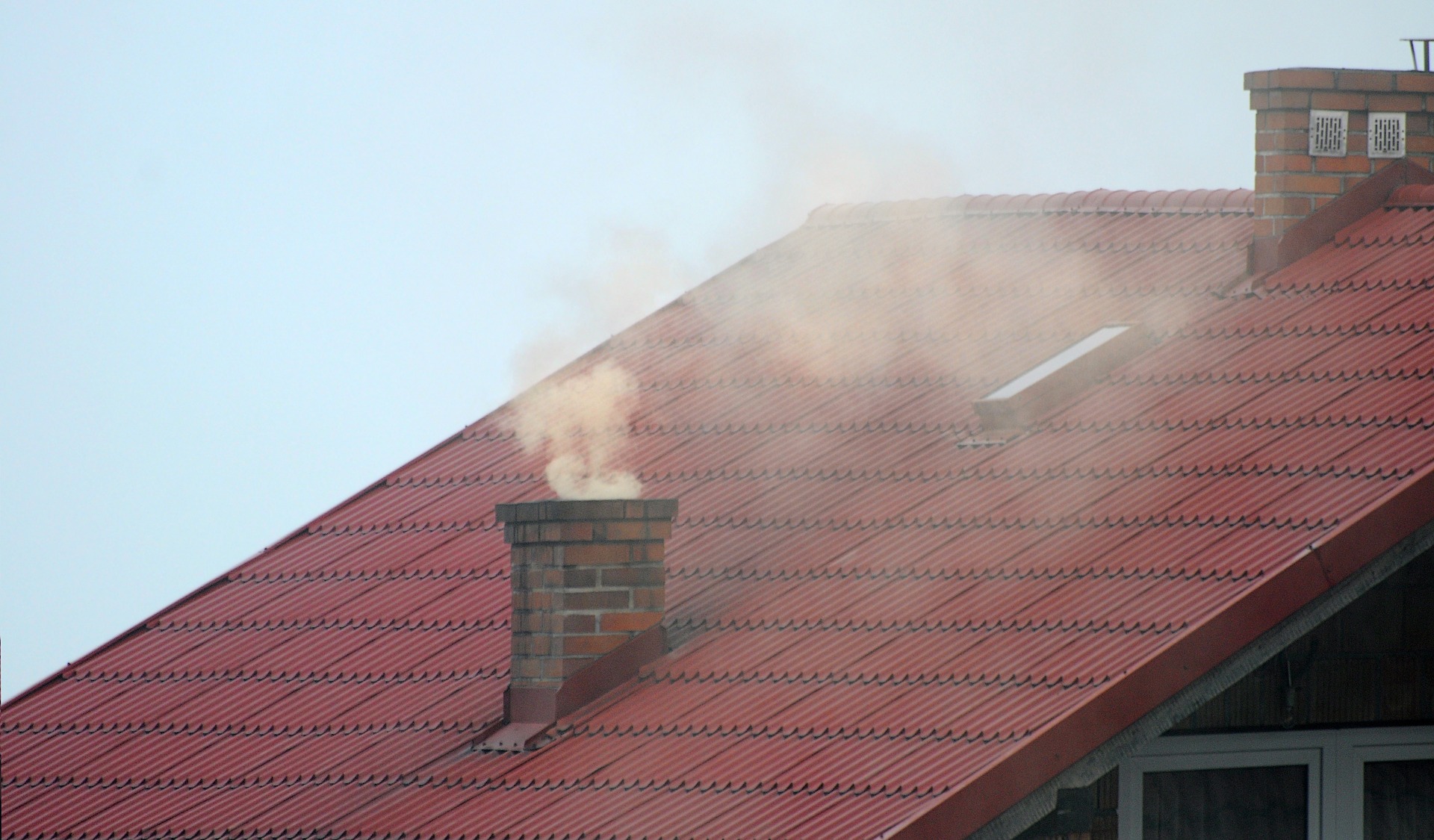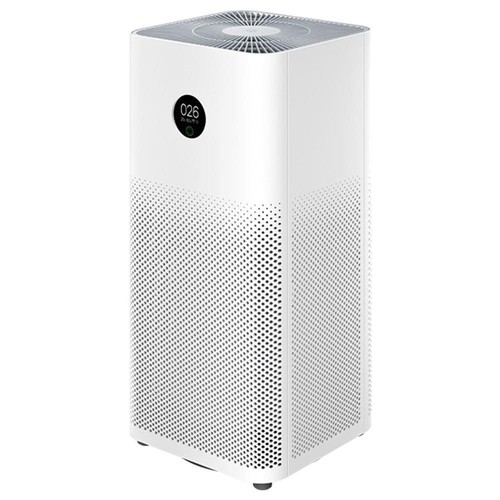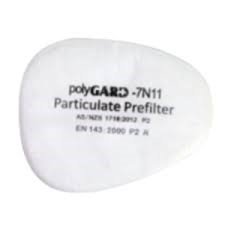
Finding clean air to breathe in polluted cities is possible, but difficult. In this post you’ll learn how to improve your breathing in just 1 week.
It is long known that polluted air harms our lungs, especially those of young children and elder adults. We now know that it can take years off of our lives, so we’re striving to provide options to breathe clean air whenever and wherever we are.
Indoors
At home it is necessary to understand that certain things cause and keep a closed environment polluted.
Make sure your home environment and especially where you sleep has low readings of PM2.5 particles.
- Any form of cooking emissions or smoke that is not removed from your breathing environment at the same time it is generated will cause higher readings of particles. Cooking, dust, and air from outside that enters your home will harm your lungs without you actually noticing it. If you schedule an appointment to fit a mask with us we might be able to organize bringing a PM2.5 reader to your home to measure your indoor air particle levels. If you’d like to purchase a reader or compare different types of readers you can also get in touch with us for the most affordable and high quality readers there are.
 2. Dusting often and vacuuming all the particles inside will help, but a HEPA purifier will help even more. Getting a purifier in your area is getting easier and cheaper. Send us a message and we’ll be sure to refer you to a place that has a showroom or can deliver you a purifier. The more material things you have in your home, the more dust can be collected on those things. Having a minimal home with only the furnishings you need and cleaning your space regularly will give you the best results. A deep clean every month is something you should keep in mind, and when you first move into a place do make sure everything is clean to keep small particle circulation down.
2. Dusting often and vacuuming all the particles inside will help, but a HEPA purifier will help even more. Getting a purifier in your area is getting easier and cheaper. Send us a message and we’ll be sure to refer you to a place that has a showroom or can deliver you a purifier. The more material things you have in your home, the more dust can be collected on those things. Having a minimal home with only the furnishings you need and cleaning your space regularly will give you the best results. A deep clean every month is something you should keep in mind, and when you first move into a place do make sure everything is clean to keep small particle circulation down.
3. Turning on exhaust fans when cooking or producing any form of heating (even candles), will help to clean your indoor environment. We were surprised to read PM2.5 levels of 600 when we visited a customers’ house who had just slightly burnt a pizza in their oven. When we opened the windows and cleared and equalized the air, it slowly went back down to outdoor levels. They didn’t have a purifier however, so we suggest getting one as soon as possible.
Part 2 will cover outdoor air quality.
Here are 6 more tips to keep your indoor environment clean.








 nds like HoneyWell, 3M or Zelbuck.
nds like HoneyWell, 3M or Zelbuck.